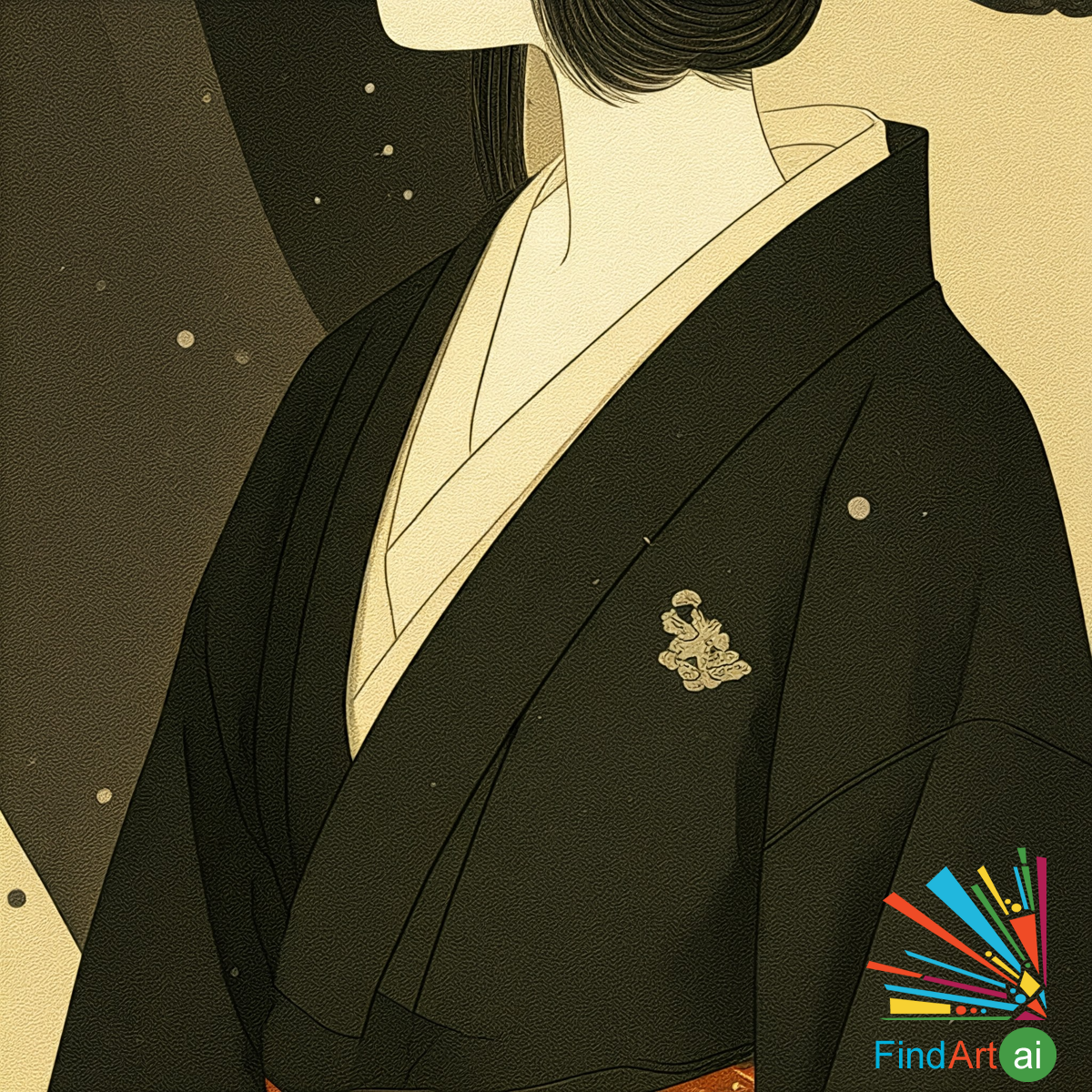Japanese Ukiyo-e
Ukiyo-e is a traditional Japanese woodblock printing and painting style that flourished from the 17th to the 19th centuries during the Edo period. The term "Ukiyo" translates to "floating world," referring to the transient beauty of life, particularly in relation to the pleasures of urban life, landscapes, and theater.
Key Characteristics of Ukiyo-e
- Woodblock Printing Technique
- Ukiyo-e artists typically used a multi-block printing method, where each color was applied from a separate carved woodblock. This technique allowed for intricate designs and vibrant color combinations.
- Themes and Subjects
- Common themes include beautiful women (bijin-ga), kabuki actors, landscapes, and scenes of daily life. Nature, including flora and fauna, is also frequently depicted.
- Example: Famous series such as Hokusai’s Thirty-Six Views of Mount Fuji highlight the relationship between nature and human life.
- Emphasis on Beauty and Elegance
- Ukiyo-e artworks often portray the elegance and grace of women, capturing moments of beauty in fashion, hairstyle, and demeanor. This focus reflects the cultural ideals of beauty during the Edo period.
- Use of Color and Pattern
- Artists employed a rich palette of colors, often using natural pigments. Patterns in clothing and backgrounds are meticulously rendered, contributing to the overall aesthetic appeal.
- The use of gradation (bokashi) techniques allowed for smooth transitions between colors, enhancing the visual depth.
- Perspectives and Composition
- Ukiyo-e often features unique perspectives, with elements arranged in a way that guides the viewer’s eye. The compositions can be dynamic, with strong diagonal lines and a sense of movement.
- Influence of Nature
- Nature plays a significant role in Ukiyo-e, with landscapes serving as backdrops for human activities. The changing seasons are often depicted, symbolizing the passage of time.
- Example: Katsushika Hokusai and Ando Hiroshige are known for their beautiful landscape prints.
- Cultural Commentary
- Many Ukiyo-e prints serve as social commentary, reflecting the lifestyles, fashion, and entertainment of the Edo period. They often capture the vibrancy of urban life in cities like Edo (modern Tokyo).
Common Themes in Ukiyo-e
- Beauty and Fashion: Portrayals of beautiful women in elegant attire, often representing the idealized image of femininity.
- Kabuki Theater: Depictions of actors and scenes from kabuki plays, celebrating the theatrical arts of the time.
- Landscapes: Scenic views, especially of famous places like Mount Fuji and seasonal landscapes, showcasing the natural beauty of Japan.
- Daily Life: Scenes of everyday activities, festivals, and interactions, providing a glimpse into the social life of the Edo period.
Famous Ukiyo-e Artists
- Hokusai
- Known for iconic works like The Great Wave off Kanagawa, Hokusai's prints showcase dynamic compositions and a masterful use of color.
- Hiroshige
- Famous for his landscape prints, such as The Fifty-Three Stations of the Tōkaidō, Hiroshige’s work captures the beauty of nature and seasonal changes.
- Utamaro
- Renowned for his portrayals of beautiful women, Utamaro’s prints often emphasize intimacy and detail in the depiction of expressions and garments.
- Kuniyoshi
- Known for his dynamic figures and bold designs, Kuniyoshi often depicted legendary heroes, animals, and supernatural beings.
Ukiyo-e is a quintessentially Japanese art form that celebrates the beauty of everyday life, nature, and the ephemeral aspects of existence. Through its intricate techniques, vibrant colors, and rich themes, Ukiyo-e provides a window into the cultural, social, and aesthetic values of the Edo period, leaving a lasting legacy that continues to influence art and design worldwide.
Ukiyo-e Paintings with Beauty and Fashion Theme
Ukiyo-e Paintings with the Beauty and Fashion theme celebrate the elegance, refinement, and aestheti...

